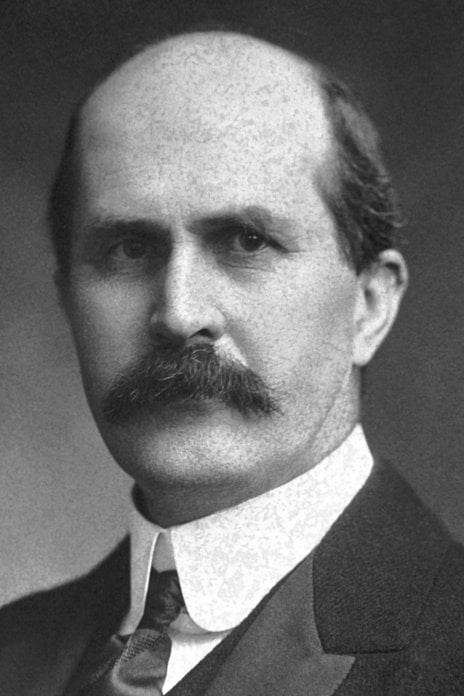Henry Bragg & Lawrence Bragg : The Only Father Son duo who won the Noble Prize in Physics
Sir William Henry Bragg (1862-1942)
- Born at Wigton, Cumberland, England, on July 2, 1862.
- Studied At King's College, Cambridge, he studied mathematics and physics.
- Pioneered research in the field of X-ray crystallography.
- Developed the concept of X-ray diffraction with his son Lawrence Bragg.
- Proposed Bragg's law, which explains X-ray diffraction by crystals and allows crystal shapes to be determined.
- The structure of numerous crystals, including minerals and chemical molecules, was investigated.
- X-ray crystallography was used to investigate the molecular structures of key compounds such as proteins.
- He was a professor at the Universities of Leeds (1909-1915) and Manchester (1915-1919).
- In 1915, he and his son Lawrence shared the Nobel Prize in Physics for their work on X-ray crystallography.
Sir William Lawrence Bragg (1890-1971):
- Born in Adelaide, South Australia, on March 31, 1890.
- William Henry Bragg and Gwendoline Todd Bragg's son.
- Early ability for science and mathematics was evident.
- At the age of 16, he enrolled at the University of Adelaide.
- In conjunction with his father, he conducted ground-breaking studies in X-ray crystallography.
- Mathematical strategies for interpreting X-ray diffraction patterns and determining crystal structures were developed.
- Published significant studies on crystal structures, including the structural determination of common compounds such as salt and diamond.
- When he and his father got the Nobel Prize in Physics in 1915, he became the youngest-ever Nobel winner in Physics at the age of 25.
- He taught at the University of Manchester before becoming the Cavendish Professor of Physics at the University of Cambridge.
- Played a critical role in developing the Cavendish Laboratory as a world-class scientific research facility.
- During WWII, he made substantial contributions to the evolution of radar technology.
- Throughout his career, he has received various awards and honors.
- William Henry Bragg and William Lawrence Bragg both made significant contributions to X-ray crystallography, revolutionizing our knowledge of crystal structures and setting the groundwork for future scientific discoveries. Their work has had a long-lasting influence on many scientific areas and is still significant today.
Read the original article from here




Comments
Post a Comment